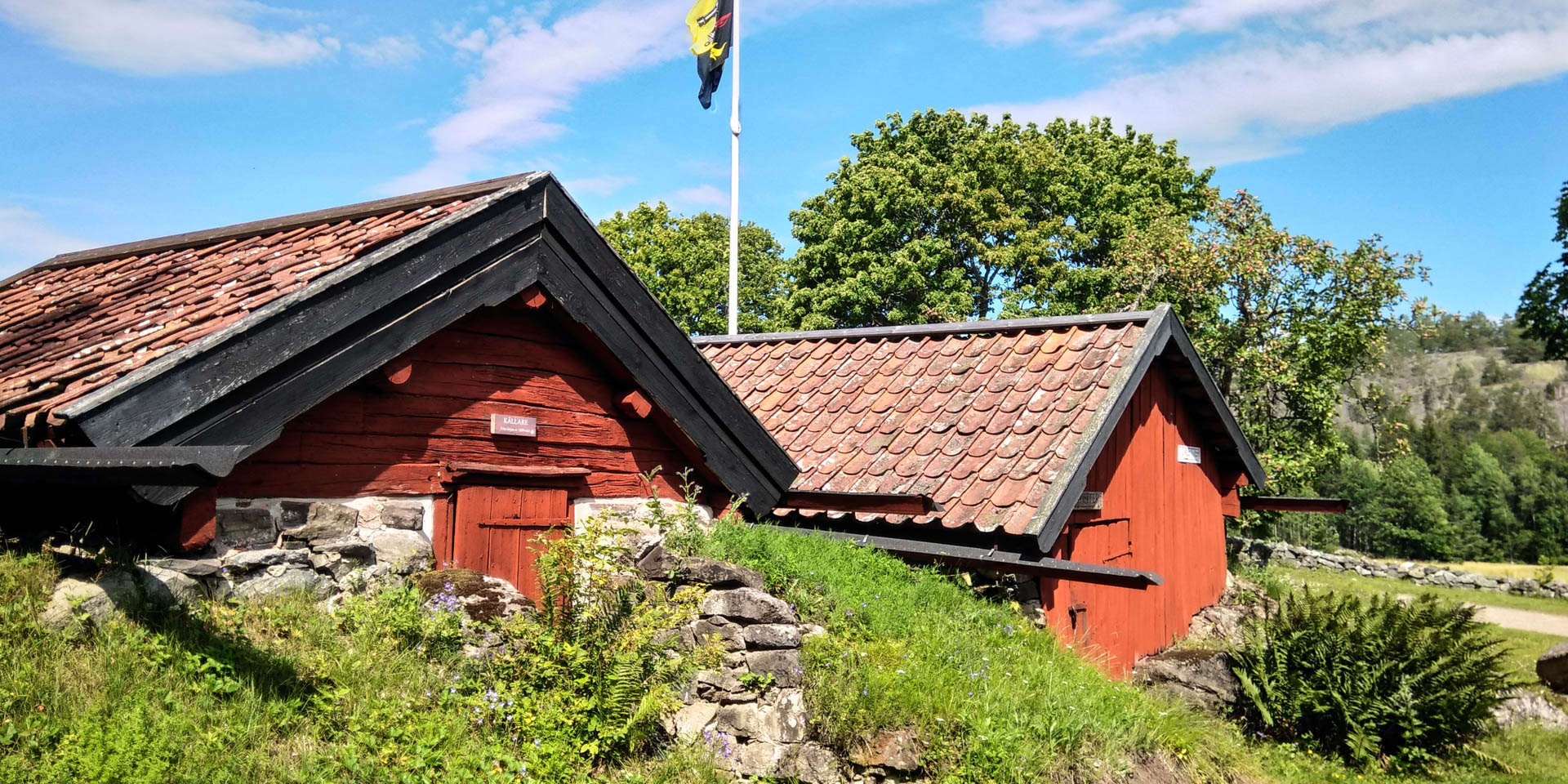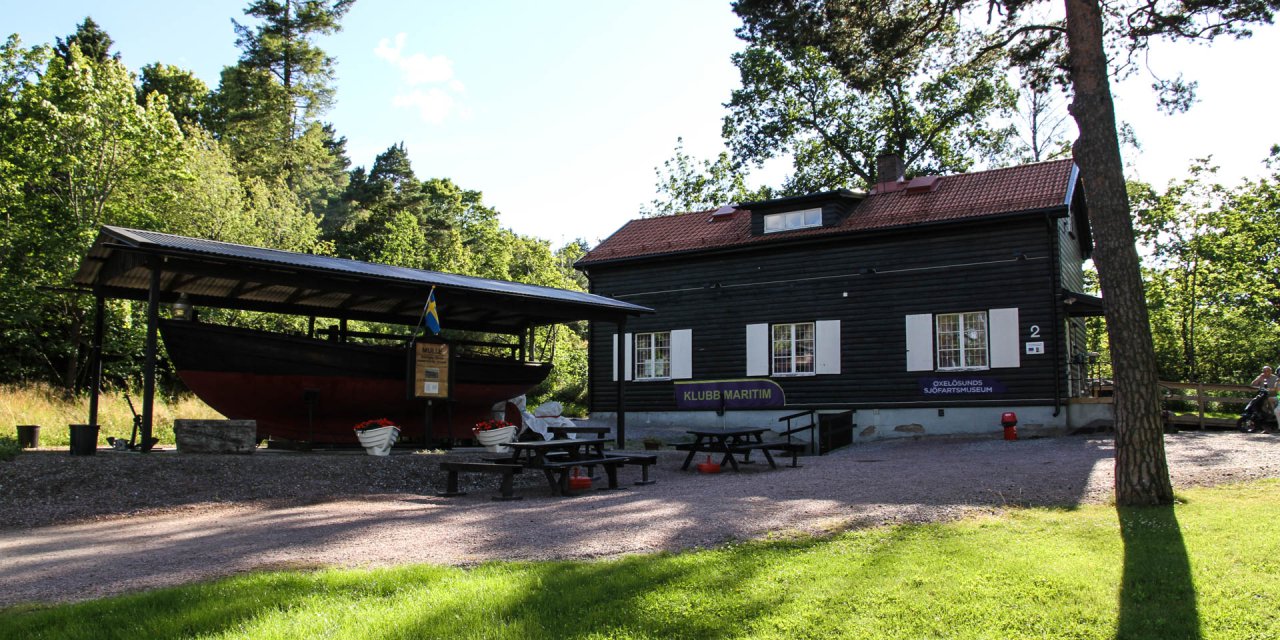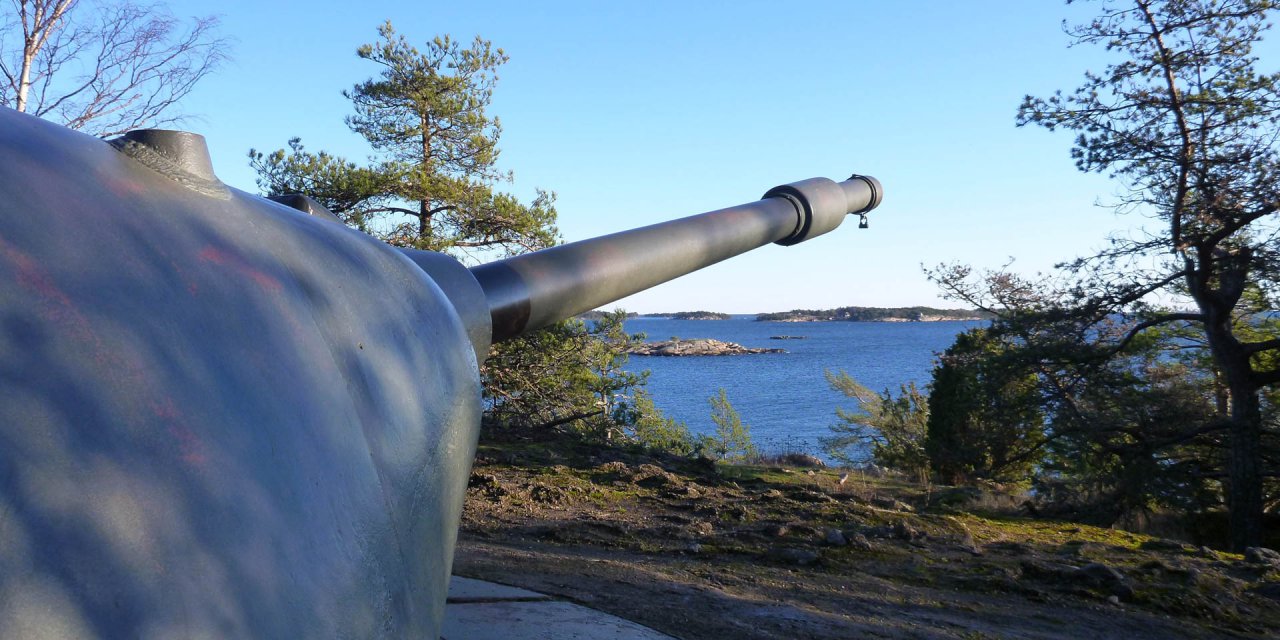

Gruvmuseum i Koppartorp
Mining museum in Koppartorp
The mining museum Gruvmuseum i Koppartorp is located on the site of the old Storgruvan copper mine in the church village of Koppartorp, the former center of the medieval mining district of Tuna Bergslag in the southeast of the municipality of Nyköping.
The mining museum consists of a mineshaft and 21 well-preserved historical buildings of the former mining village around the so-called Storgruvan in Koppartorp. The museum buildings date from the time around and after 1760, when the medieval copper mine made its great comeback after a long slumber.
Among the buildings of the mining museum there are the former homes of the miners, a smithy, a coal store, a warehouse and the large dwelling house of the mine management with office. In this house there is a museum that describes the working and living conditions of the miners of that time by means of numerous photos, tools and everyday objects. Furthermore there is a small summer café.
The history of the mine
The copper mine in Koppartorp was established towards the end of the 14th century at the same time as numerous other mines and small smelting works in the vicinity and experienced its first heyday in the 15th century as the largest ore mine in Sörmland.
Around 1570 the mining operations were stopped, because the mine water was no longer under control. An attempt in 1644 to put the Storgruvan back into operation failed. Although it was possible to drain the mine to the first level at a depth of 52 meters, the ore deposits were found to be too small and the effort required for dewatering was too high.
After the manufacturer Gerhard De Besche bought the Storgruvan in 1760, it experienced a new heyday. The mine, which has since been known as De Bescheska Gruvan, employed around 150 miners at that time and, by the end of the 18th century, had produced 30 tons of copper ore per year, the largest output in its history. The tunnels reached a length of about 400 meters and are located up to 165 meters below the surface. Today, the position of the mine is unmistakably recognizable by the metre-deep open pit that was formed when the upper part of the mine collapsed in 1818.
Although the yield decreased since the beginning of the 19th century to an average of 8 tons of copper ore per year, the mine was still in operation until 1919. Since the end of the 18th century mainly because of the also existing cobalt deposits, which until then had been considered a useless companion of copper ore, but now became a highly welcome by-product due to increasing demand. So welcome, in fact, that the Kabbelgruvan, Adolfsbergsgruvan and Österbergsgruvan mines, which are also located on the museum grounds, were mainly used to mine cobalt ore.
Guided tours in the Gruvmuseum i Koppartorp
The outdoor area of the mining museum, which is run by the local heritage association Tunabergs Hembygdsförening, is freely accessible at all times. You can also visit the museum buildings from the inside and the tunnels as part of a guided tour, which takes place regularly during the stated opening hours at the indicated prices. Other opening hours will be announced on the website of the local heritage association. Guided tours outside the regular opening hours are also possible by appointment.



